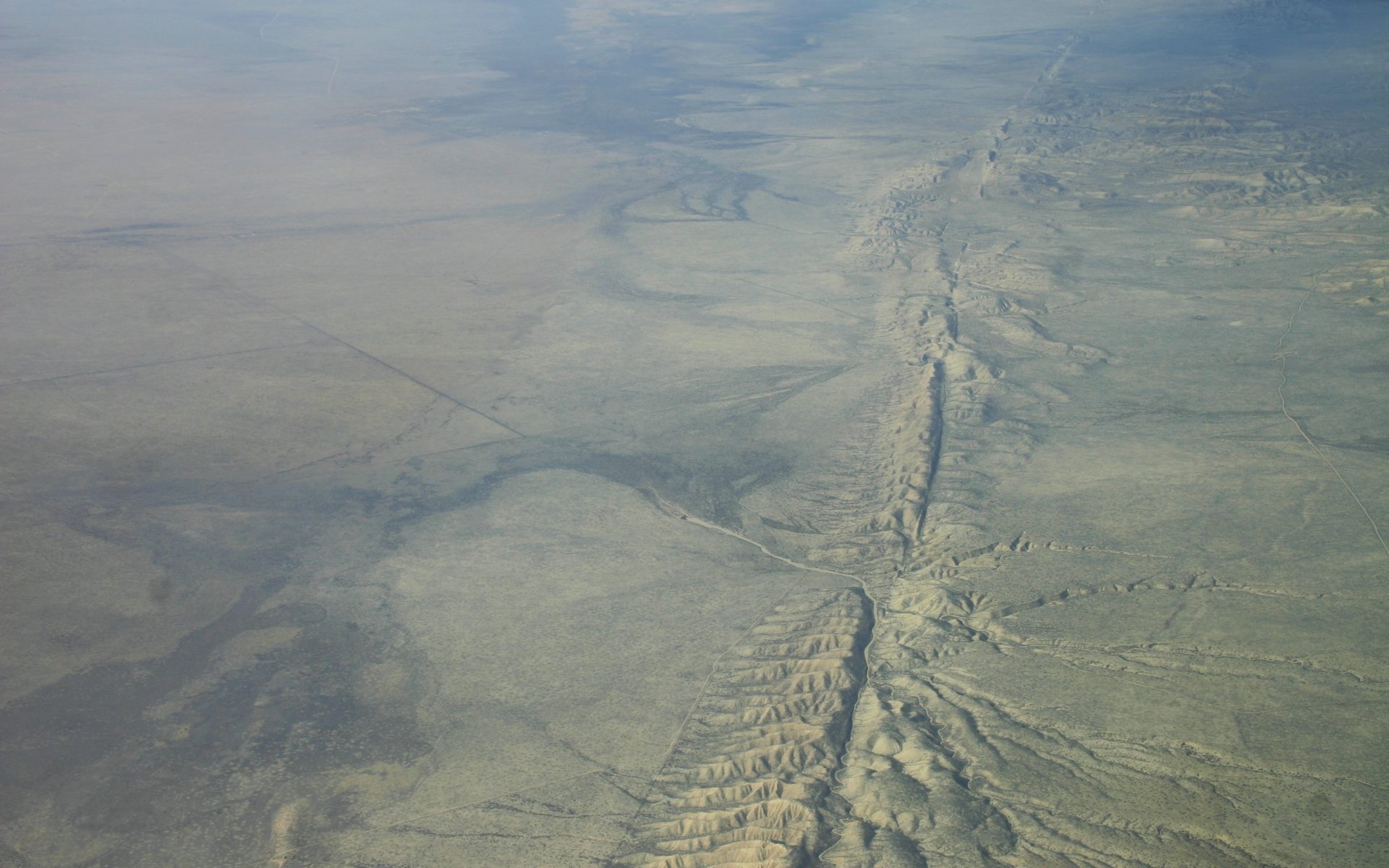





What is ShakeAlert®?
The ShakeAlert® Earthquake Early Warning System, managed by the U.S. Geological Survey, detects significant earthquakes quickly enough so that alerts can be delivered to people and automated systems potentially seconds before strong shaking arrives. The purpose of the system is to reduce the impact of earthquakes to save lives and property.
The USGS works with licensed technical partners who use USGS-issued ShakeAlert Messages to alert people to take a protective action or to trigger automated actions. These automated actions could include slowing trains, closing water valves, turning on backup generators, issuing public announcements, and many others.
For general information about ShakeAlert, please visit: usgs.gov/ShakeAlert
To get ShakeAlert-powered alerts on your phone, please visit: usgs.gov/faqs/how-do-i-sign-shakealertr-earthquake-early-warning-system
Who is this website for?
This website provides resources for ShakeAlert System partners, including Technical Partners, Emergency Managers, and Communication, Education & Outreach partners.
PARTNER ORGANIZATIONS
The U.S. Geological Survey (USGS) has developed the ShakeAlert Earthquake Early Warning system along with many partner organizations.

























